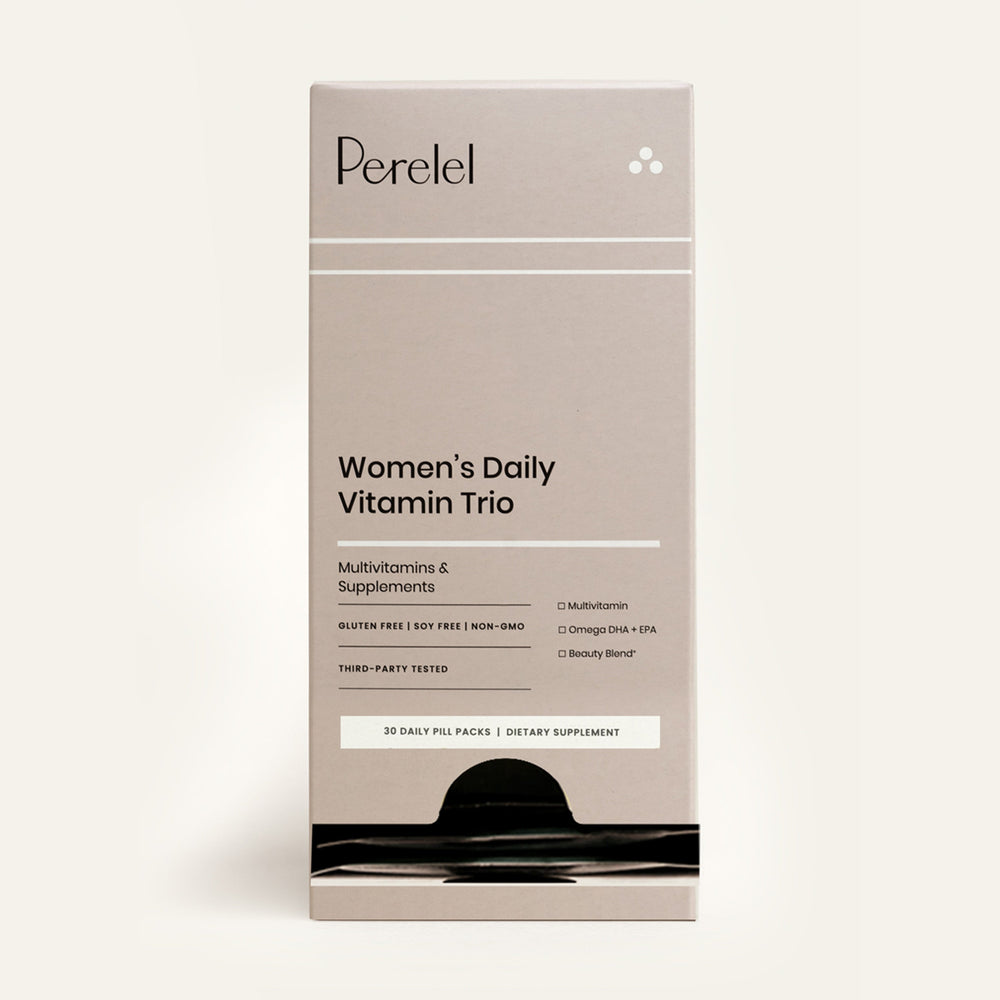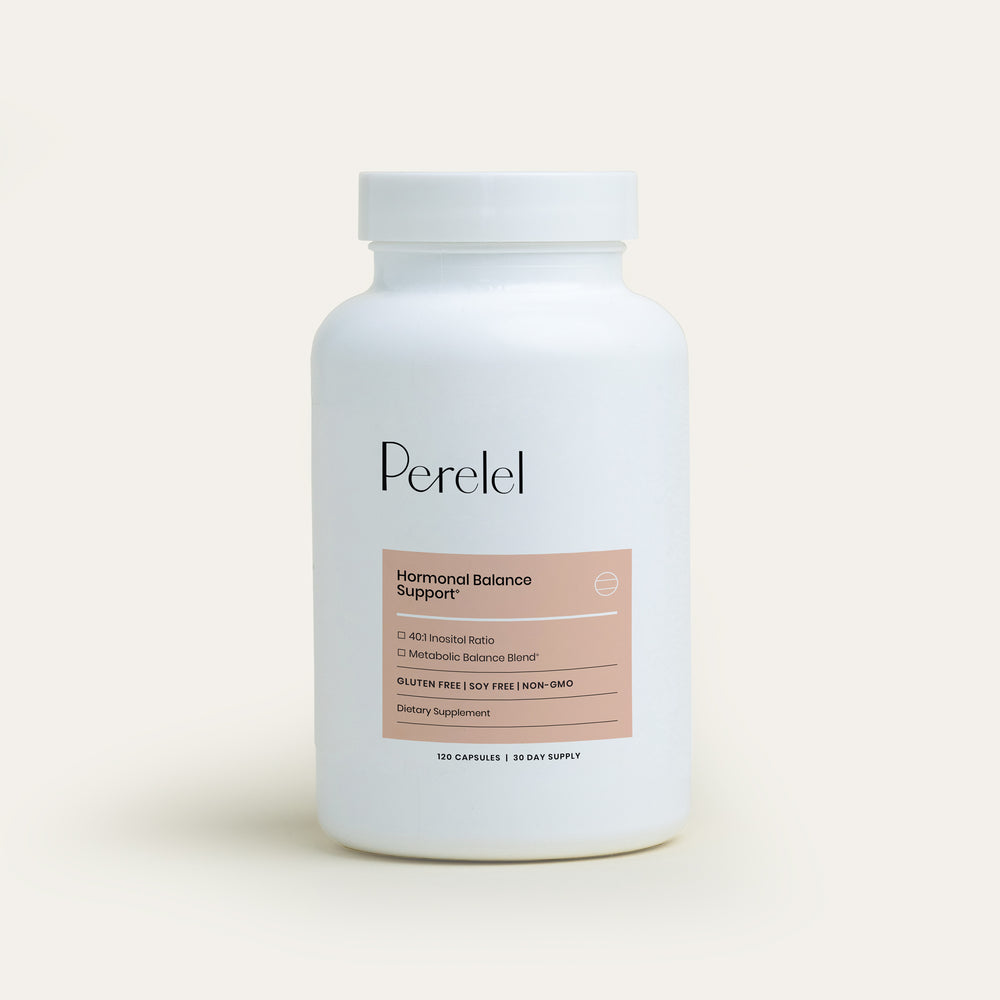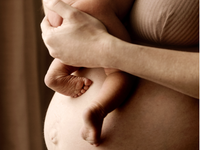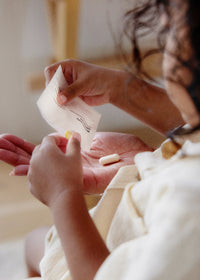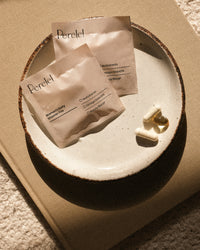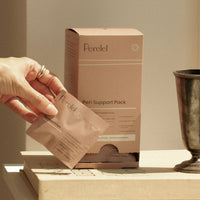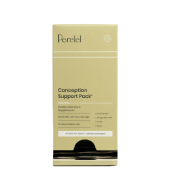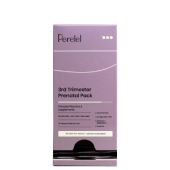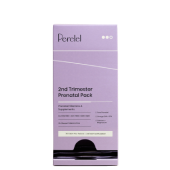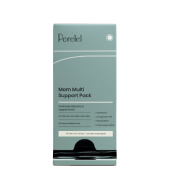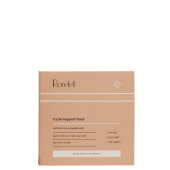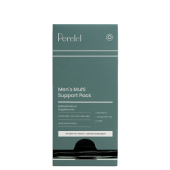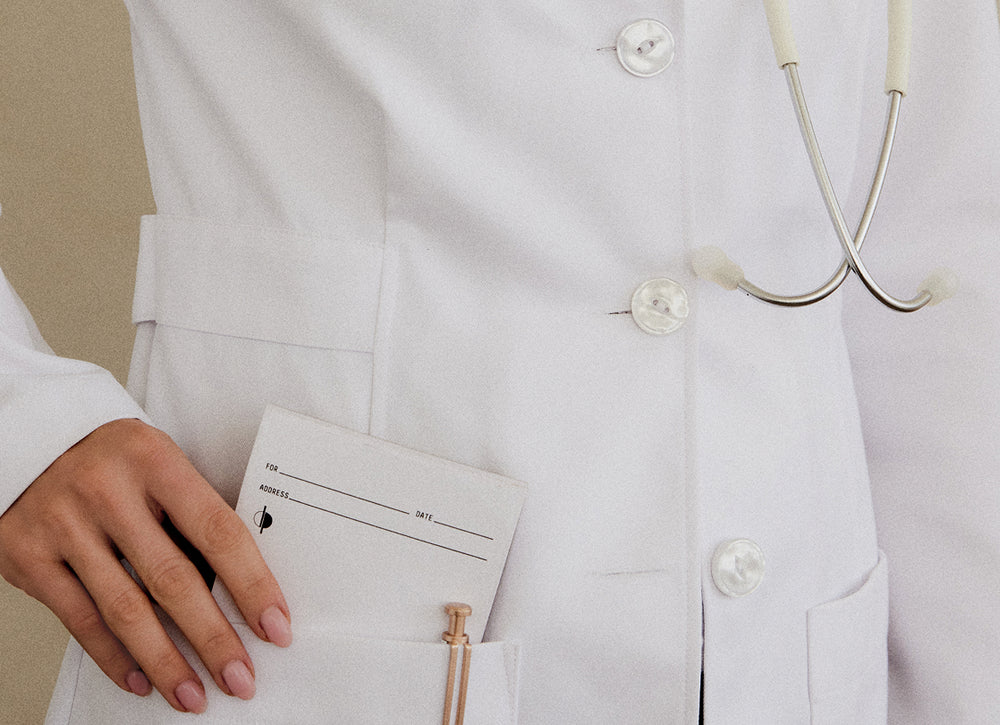Most of us are used to dealing with menstrual cramps—but when we’re experiencing aches and pains in our lower abdomen without a period, it can definitely be a little jarring. Is it a heavy meal that just isn’t sitting right? Is it ovulation, or pregnancy? Or is it an underlying condition?
The truth is that there are a variety of things that can cause cramping outside the window of PMS—ranging from quite mild to more serious. Here are 11 possible explanations why you might have cramps but no period.
Shop the Article:
1. Constipation
If your digestive system isn’t exactly humming along smoothly, you may experience bloating, cramping, or abdominal pain. “Constipation is a major contributor ,” says Dr. Caitlin O’Connor, a naturopathic doctor and midwife. “Digestive bloating and cramping can be very hard to differentiate from period cramping at times.” Tracking your bowel movements can help you determine if constipation may be the culprit behind your cramps, O’Connor adds.
Eating high-fiber foods or taking a probiotic can help to keep things regular. If you go more than three days without a bowel movement, or you’re having a hard time going, talk to your doctor.1
2. Other Gastrointestinal Issues
Whenever something disrupts your digestive system, abdominal cramping is a common symptom. “Common conditions causing this include viral gastroenteritis, food poisoning, lactose intolerance, and irritable bowel syndrome (IBS),” says Dr. Kecia Gaither, MD, MPH, FACOG, Director of Perinatal Services and Director of Maternal Fetal Medicine at NYC Health + Hospitals Lincoln in the Bronx.
Let your doctor know if you’re experiencing any additional gastrointestinal symptoms—like nausea, heartburn, or diarrhea—or if certain foods seem to trigger your cramping.
3. Ovulation
Some women experience lower abdominal pain midway through their menstrual cycle, when the ovary releases an egg. “Cramping during ovulation—medically known as mittelschmerz—is felt to be due to the release of the egg during ovulation,” Dr. Gaither says. “This process results in blood and fluid being released, which is felt to be irritating to the pelvic cavity, causing pain.”
The pain is typically felt on the side of the body where the egg was released, and it can range from a slight twinge to severe cramping. The good news? Ovulation pain typically only lasts a few hours.(3)
4. Early Pregnancy
Cramping can also be an early sign of pregnancy. During the first trimester, many women experience cramps that feel like a pulling sensation on the sides of the abdomen. “Cramping in the first trimester is generally felt to be secondary to the implantation of the embryo in the uterus—which may result in some cramping and spotting,” Dr. Gaither says. If you have these cramps along with a missed period, you may want to consider taking a pregnancy test.4
Occasionally, cramping can be caused by an ectopic pregnancy, which is when a fertilized egg implants outside the uterus. Pain from an ectopic pregnancy may start as mild cramping, pelvic pain, or lower back pain. However, as the pregnancy grows, the pain typically worsens. If you experience severe abdominal, pelvic, or shoulder (yep, shoulder) pain, or you feel weak or dizzy, head to the ER.
5. Pelvic Inflammatory Disease
Cramping is a common symptom of pelvic inflammatory disease (PID), a serious infection of the uterus, fallopian tubes, or ovaries. Around 90 percent of the time, PID is caused by bacteria from untreated sexually transmitted infections. However, PID can also develop when bacteria that normally lives in the vagina gets into your reproductive organs during childbirth, miscarriage, surgery, or IUD insertion.2
Other symptoms of PID include abnormal discharge, chills, fever, nausea, vomiting, pain during sex, a burning sensation while urinating, or irregular periods. PID can cause long-term damage to your reproductive organs, so if you think you may be at risk, talk to your doctor right away.
6. Endometriosis
Up to 10 percent of women between the ages of 15 and 44 have endometriosis, a condition in which endometrial tissue grows outside the uterus. Most often, this occurs on or around reproductive organs like the ovaries or fallopian tubes. More rarely, endometrial tissue may grow on or around other organs, like the bladder, cervix, or intestines.5
Endometriosis can make menstrual cramps even more painful—but the buildup of tissue can also lead to inflammation and pain when you don’t have your period. If you think you may have endometriosis, your doctor can help you get an accurate diagnosis and find the most effective treatment.
7. Ovarian cysts
Ovarian cysts are small, fluid-filled sacs that form in or on the ovaries. Most women who have a period will develop at least one small cyst each month — but these usually don’t cause symptoms and go away on their own after a few weeks.
However, occasionally an ovarian cyst will cause pressure or pain in the lower abdomen. This may resolve on its own after a few cycles, but if it doesn’t, your doctor can recommend treatment options. If an ovarian cyst ruptures, the pain will be sudden and severe, and it’s important to get medical care right away.6
8. Fibroids
Also known as a myoma, a fibroid is a type of tumor—almost always benign—that grows inside the wall of the uterus. Up to 80 percent of women will develop uterine fibroids by the time they’re 50 years old.
Many fibroids are asymptomatic. However, for some women, uterine fibroids put pressure on nearby tissues and organs as they grow. This can cause symptoms like lower back pain or a feeling of fullness in the pelvic area, which may feel like cramps without a period.7
Other symptoms of uterine fibroids may include bleeding between periods, frequent urination, pain during sex, or constipation. Your doctor can check for fibroids with a pelvic exam or imaging tests and recommend the best treatment options.8
9. UTI
A bladder infection—the most common type of urinary tract infection—can cause pressure or cramping in the groin or lower abdomen. This pain may be perceived as similar to menstrual cramps. If you’re also experiencing common UTI symptoms like painful or frequent urination, talk to a healthcare provider. Most UTIs can be treated effectively at home with antibiotics.9
10. Hormonal Birth Control
“Hormonal contraceptives are thought to decrease the amount of prostaglandins produced during the menstrual cycle, thus reducing blood flow and cramping,” Dr. Gaither says.
However, she adds, continuous-cycle pills seem to offer more reliable cramp relief than pills with hormone-free intervals. “Taking the pills for 21 days, and then having 7 days off, may increase the potential of breakthrough bleeding and cramping,” she says.
11. Ovarian Cancer
It’s rare, but it’s important to mention. Ovarian cancer can cause abdominal or pelvic pain, along with bloating, difficulty eating, and frequent urination. Early detection is key, so if you experience these symptoms and they persist for more than two weeks, let your doctor know.10
Bottom line: Any time you have concerns about your health, it’s worth discussing with your healthcare provider. But in particular, you should schedule an appointment ASAP if you’re also experiencing worrisome symptoms such as rapid weight loss, continuous bleeding, increased abdominal girth, or any changes in urination or bowel movements, Dr. Gaither says.
Are your period cramps normal or a sign of something more serious? Let’s take a closer look at period pain. And don't forget to check out our Cycle Support Pack—designed by leading OB/GYNs to ease common menstrual symptoms such as PMS, fatigue, and bloating.
References:
- USCF Health: Constipation
- Cleveland Clinic: Pelvic Inflammatory Disease
- Cleveland Clinic: Ovulation Pain
- American Pregnancy Association: Pregnancy Cramps
- Johns Hopkins Medicine: Endometriosis
- OASH Office on Women’s Health: Ovarian Cysts
- OASH Office on Women’s Health: Uterine Fibroids
- Cleveland Clinic: Uterine Fibroids
- Centers for Disease Control and Prevention: Urinary Tract Infection
- Ovarian Cancer Research Alliance: What is Ovarian Cancer?




